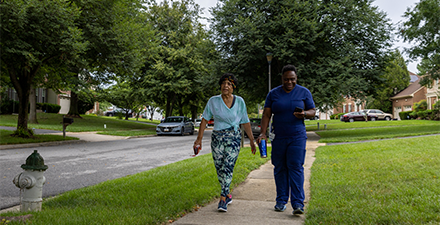Science now shows that it really is all in your head.
English science writer Jo Marchant's book Cure: A Journey Into the Science of Mind Over Body1 takes a deep and interesting dive into the various aspects of the placebo effect. It's absolutely worth a read for any physical therapist (PT) or physical therapist assistant (PTA), whether or not you're interested in offering wellness services to clients.
One of many intriguing aspects of brain science that Marchant discusses in her book is the physical changes to the hippocampus, amygdala, and prefrontal cortex that result from chronic stress and resultant thought patterns. The amygdala is the part of the brain that's most involved in the "fight or flight" response. The prefrontal cortex and hippocampus are more involved in conscious decision-making. An intriguing element of brain science that's born out in the literature, Marchant notes, is that each discrete part of the brain expands with use—as, indeed, is the case with all the other muscles in the human body.
Thus, people going through chronic stress see the size of their amygdala grow, while the hippocampus and prefrontal cortex shrink. The larger the amygdala becomes, the stronger a role it plays. As a PT or PTA, you use muscle-strengthening techniques with patients. A goal of doing so is to create a default mechanism for that person to optimally use that muscle while engaged in functional activities of choice. It turns out that the same pattern is true of the brain.

